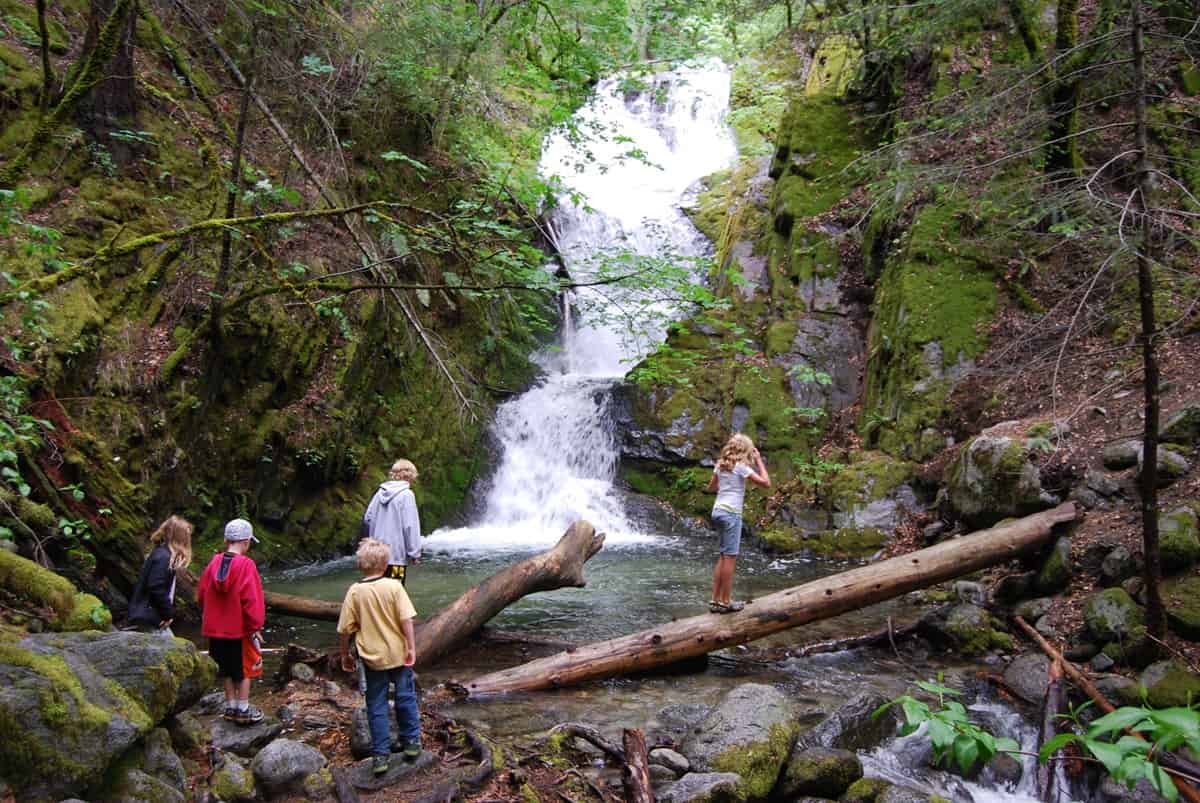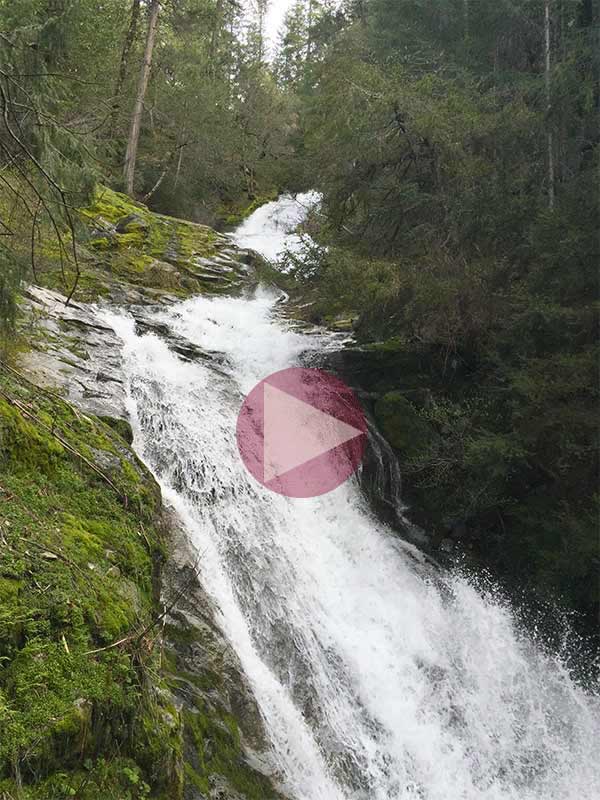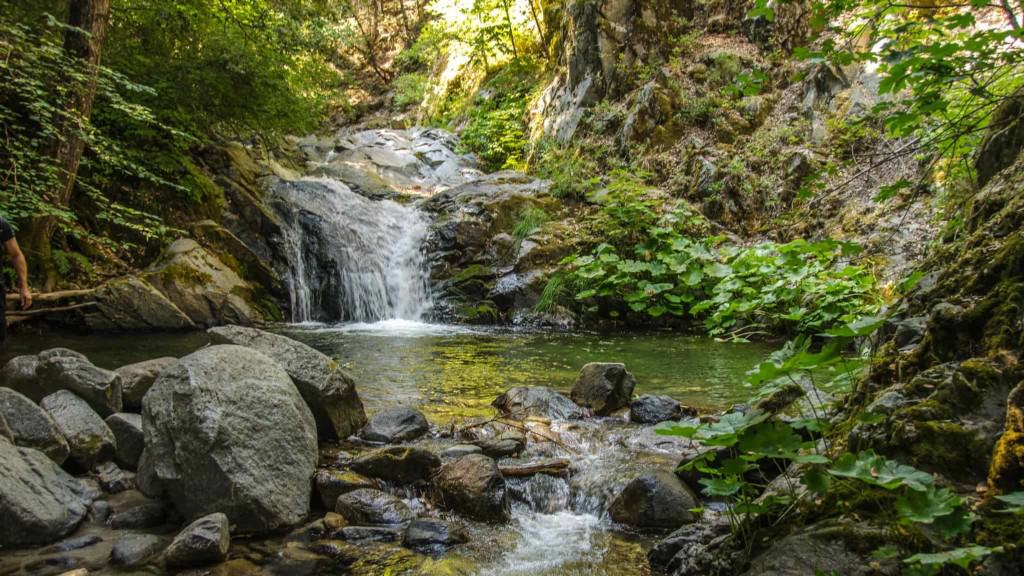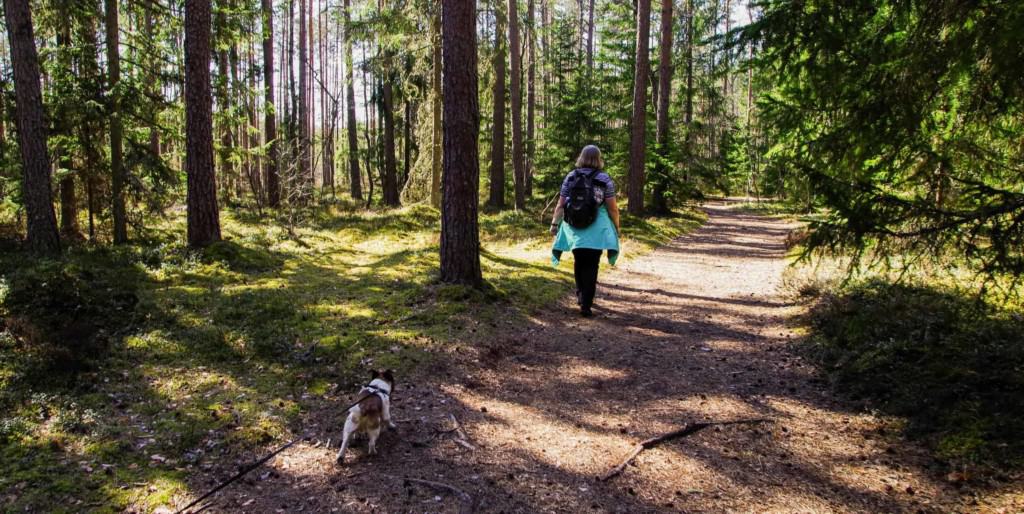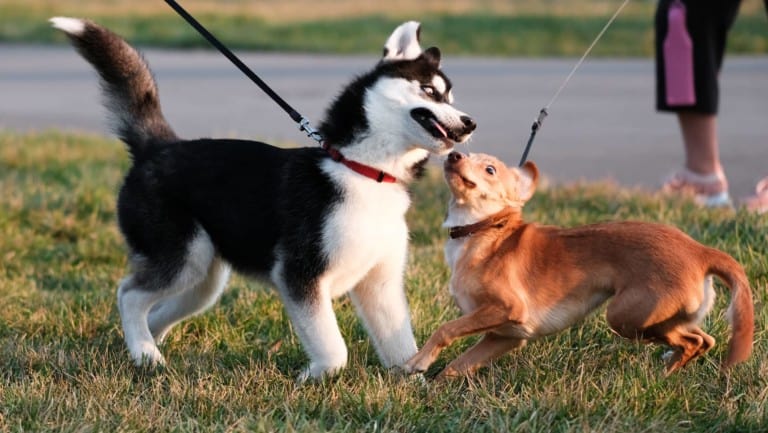At more than 138 feet high, Boulder Creek Falls was thought to be the tallest waterfall in Whiskeytown National Recreation Area until 220-foot Whiskeytown Falls was re-discovered in fall of 2004.
The three cascades of Boulder Creek Falls are tucked into a dark, shaded box canyon filled with moss and ferns. The forest around Boulder Creek Falls was selectively logged in the 1950s. As you hike to the falls you are on the main hauling road that carried old-growth Douglas fir and ponderosa pines to the sawmill. When the park was established in 1965, some logging continued into the early 70’s. Once the logging ended the forest began to recover.
Leashed dogs allowed on trails. Over the years, dogs that have run freely off the trails have encountered mountain lions as well as suffered severe bouts of poison oak, notably on their noses and underbelly. Of course, this can then spread to us human types.
The most important part of visiting Whiskeytown is that we need to practice responsible dog ownership. By following the leash requirements, picking up after your dog, not taking your dogs onto any of the four beach areas and being courteous to your fellow trail mates (other dog owners, hikers, bikers and equestrians), we will be able to protect our access to this wonderful national treasure.
At more than 138 feet high, Boulder Creek Falls was thought to be the tallest waterfall in Whiskeytown National Recreation Area until 220-foot Whiskeytown Falls was re-discovered in fall of 2004.
The three cascades of Boulder Creek Falls are tucked into a dark, shaded box canyon filled with moss and ferns. The forest around Boulder Creek Falls was selectively logged in the 1950s. As you hike to the falls you are on the main hauling road that carried old-growth Douglas fir and ponderosa pines to the sawmill. When the park was established in 1965, some logging continued into the early 70’s. Once the logging ended the forest began to recover.
Leashed dogs allowed on trails. Over the years, dogs that have run freely off the trails have encountered mountain lions as well as suffered severe bouts of poison oak, notably on their noses and underbelly. Of course, this can then spread to us human types.
The most important part of visiting Whiskeytown is that we need to practice responsible dog ownership. By following the leash requirements, picking up after your dog, not taking your dogs onto any of the four beach areas and being courteous to your fellow trail mates (other dog owners, hikers, bikers and equestrians), we will be able to protect our access to this wonderful national treasure.

